
Microsoft
Windows 11 23H2
An iteration of Microsoft’s operating system released in October 2021 that brought a redesigned UI aesthetic and better integrations to Android OS and MS Teams.
Categories
Brand
Sort by

Microsoft
Windows 11 23H2
An iteration of Microsoft’s operating system released in October 2021 that brought a redesigned UI aesthetic and better integrations to Android OS and MS Teams.
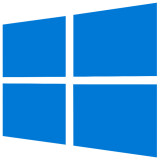
Microsoft
Windows 10 22H2
An iteration of Microsoft's operating system released in July 2015 that introduced significant new features, integrations, improvements, and changes from the generation before.

Microsoft
Windows 11 24H2
Windows 11 version 24H2 first appeared on June 15, 2024, exclusively on Copilot+ PCs, and was officially released to all eligible devices on October 1, 2024. This update includes features like Live Captions, Cocreator in Paint, Windows Studio Effects, Wi-Fi 7 support, and enhanced privacy controls

Apple
macOS
An operating system powering Apple’s Mac series of computing hardware.

Canonical
Ubuntu Desktop
The leading Open Source operating system powers millions of PCs and laptops worldwide, offering reliability and performance for all users

Canonical
Ubuntu Server
Ubuntu Server is a reliable, open-source server OS by Canonical, launched in 2004. Unlike Ubuntu Desktop, it lacks a graphical user interface and is optimized for server tasks, offering excellent scalability, security, and cloud integration.
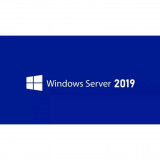
Microsoft
Windows Server 2019
Windows Server 2019 is a robust operating system designed to bridge on-premises environments with Azure services, enhancing security and hybrid cloud capabilities.
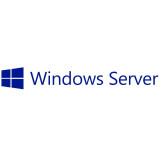
Microsoft
Windows Server 23H2
Windows Server 23H2, released on October 24, 2023, enhances fast, containerized workloads with support for Azure Stack HCI and AKS on Azure Stack HCI. This version is available only as a Server Core install and cannot be upgraded from Windows Server 2022, supporting x64 processors without SSE4.2 instructions.

Microsoft
Windows 11 22H2
Windows 11 version 22H2 offers enhanced security features and a refined user interface. It will reach the end of support on October 8, 2024.

Google
Android
Android is a mobile operating system developed by Google, designed primarily for touchscreen devices like smartphones and tablets.

Apple
iOS
Apple iOS, the operating system for iPhones, is crafted for Apple’s multitouch devices. It supports direct manipulation and responds to gestures like pinching, tapping, and swiping.
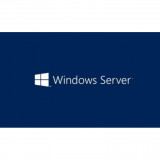
Microsoft
Windows Server 2022
Windows Server 2022 enhances the features of Windows Server 2019 with advanced multi-layer security, seamless Azure integration, and improved application modernization through containerization. Key updates include secured-core server protection, Azure Arc integration, and performance boosts. It focuses on boosting performance, security, and cloud integration for modern IT needs.
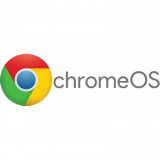
Google
ChromeOS
ChromeOS is a lightweight operating system designed for speed, simplicity, and security. It powers Chromebooks and Chromeboxes, offering seamless integration with Google services and support for web and Android apps.
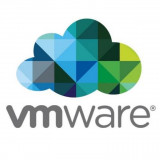
VMware
VMware ESXi
ESXi is a type 1 hypervisor or, colloquially, a bare-metal hypervisor that can be installed directly on a physical server and used independently of the operating system. The name ESXi stands for "Elastic Sky X integrated".
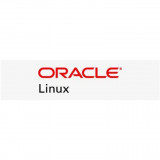
Oracle
Oracle Linux
Oracle Linux, initially released as Oracle Enterprise Linux in 2006, is a free, open-source Linux distribution with optional paid support from Oracle. It is widely used for enterprise and cloud computing, known for its security, stability, and performance.

Proxmox
Proxmox Virtual Environment
Proxmox VE is a complete open source platform for enterprise virtualization. With the central web interface, VMs, containers, highly available clusters, software-defined storage and networks as well as countless out-of-the-box tools can be clearly managed.
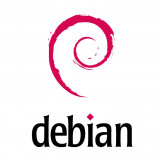
Debian Project
Debian
Debian is a free, open-source Linux-based operating system known for its stability, security, and extensive software repository. It is widely used for personal computers, servers, and as a base for other distributions like Ubuntu and Linux Mint. Key features include robust package management, strong community support, and flexibility for various applications.
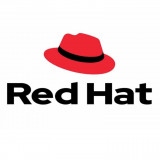
Red Hat
Red Hat Enterprise Linux Server
Red Hat Enterprise Linux Server, first released on February 22, 2000, is a robust, commercial open-source Linux distribution. It is widely used in enterprise environments for its stability and support. This server OS is deployed in sectors like finance, healthcare, and government.

SUSE
SUSE Linux Enterprise Server (SLES)
SUSE Linux Enterprise Server (SLES), first released by SUSE in 2000, is a reliable and secure operating system designed for business-critical workloads. It supports long-term innovation and is used in various environments, including on-premises, cloud, and edge, due to its adaptability and robust security features.
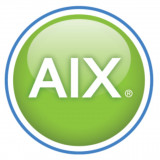
IBM
AIX
IBM AIX (Advanced Interactive eXecutive) is a proprietary UNIX operating system developed by IBM, first released in February 19861. It runs on IBM Power Systems and is known for its robust security, reliability, and scalability. AIX is widely used in industries like banking and finance for mission-critical applications2.
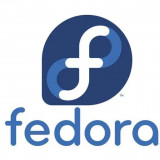
Fedora Project
Fedora Linux
Fedora Linux, released in 2003, is a free, open-source operating system developed by the Fedora Project and sponsored by Red Hat. Known for its innovation and integration of new technologies, Fedora is available in various editions for desktops, servers, and cloud environments
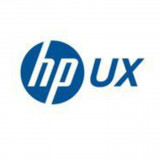
Hewlett-Packard
UX
HP-UX, first released in 1982, is Hewlett Packard Enterprise’s proprietary Unix implementation. It supports HPE Integrity Servers and offers robust security features, virtualization, and workload management. It’s mainly used in enterprise environments for mission-critical applications.
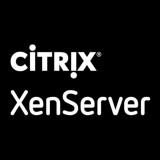
Citrix
XenServer
Citrix XenServer, first released in 2007, is a type-1 hypervisor designed for server virtualization. It allows organizations to create and manage virtual machines, optimizing the performance and efficiency of virtualized environments. XenServer supports features like live migration, resource pooling, and high availability.

Microsoft
Azure
Microsoft Azure, launched in February 2010, is a comprehensive cloud computing platform offering a wide range of services including computing, analytics, storage, and networking.

Microsoft
Windows Server 2025
Windows Server 2025, released on November 1, 2024, enhances security, virtualization, and AI capabilities. It supports hybrid cloud environments and features SMB over QUIC and hotpatching for reduced downtime.

Logitech
CollabOS
CollabOS is an operating system to simplify videoconference room solutions
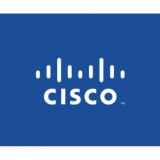
Cisco
IOS XE
Cisco IOS XE Software is an operating system for network devices such as switches and routers, which is based on the well-known Cisco IOS.
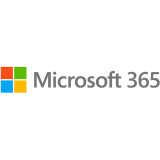
Microsoft
Office 365
A subscription service that provides access to a collection of productivity tools for home, business, and enterprise.

Google
Workspace
Google Workspace, originally launched as Google Apps in 2006, is a cloud-based suite of productivity tools including Gmail, Drive, Docs, Sheets, and Meet. Rebranded to G Suite in 2016 and then to Google Workspace in 2020, it offers seamless collaboration and communication. Ideal for businesses, with plans starting at $6 per user per month.
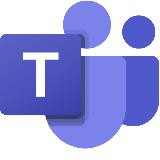
Microsoft
Teams
Microsoft Teams is a smart platform from Microsoft that combines the functions meetings, chat, attachments and notes.
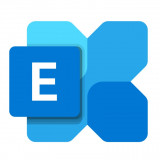
Microsoft
Microsoft Exchange Online
Microsoft Exchange Online is a cloud-based messaging platform offering email, calendar, contacts, and tasks, accessible via Outlook apps. It is included with Microsoft 365 subscriptions

Microsoft
Windows 365
Windows 365 is a cloud-based service from Microsoft that streams a full Windows experience to any device. It was first released on August 2, 2021. Windows 365 offers Business, Enterprise, Government, and Frontline plans to cater to different organizational needs
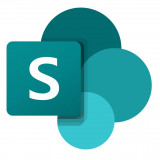
Microsoft
SharePoint Online
SharePoint Online is a cloud-based service that helps organizations share and manage content, knowledge, and applications to empower teamwork and collaboration.
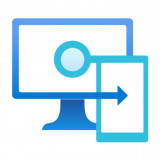
Microsoft
Intune
Microsoft Intune is a cloud-based endpoint management solution that simplifies app and device management across various devices. It provides robust security features to protect organizational data and ensure compliance.

Microsoft
Microsoft Entra ID
Microsoft Entra ID is a cloud-based identity and access management service that enables users to access external resources. These resources include Microsoft 365, the Azure portal, and numerous other SaaS applications.

Zoom Inc.
Zoom Video Conferencing
Zoom is a video conferencing software that is easy to use and includes features such as telephone connection, webinar and video chat.